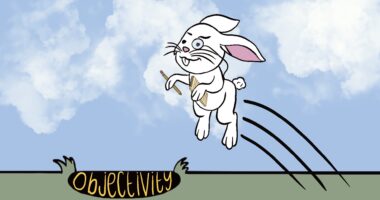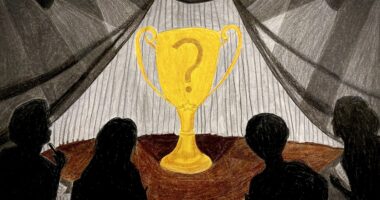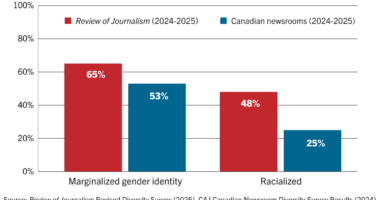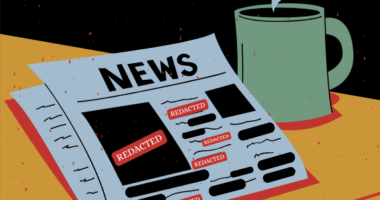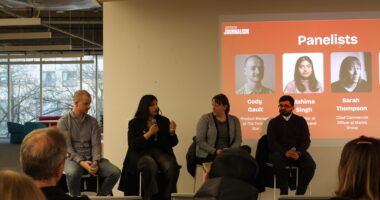Browsing Category
Quick Reads
111 posts
Short, snappy pieces that should take you 10 mins or less to read!
2025 Diversity Report
The Review of Journalism strives to create a workplace and publication that reflects the diversity of both our readers and the stories we tell. Every year, our masthead publishes an anonymous breakdown of the race, gender, sexuality, and disability representation of our staff. This annual summary allows us to track progress over time and compare our newsroom’s diversity with other Canadian journalism organizations, as tracked by the Canadian Association of Journalists (CAJ).
Chill Out, Journalists
In Canadian newsrooms, a silent force is shaping which stories get published and which ones don’t. It’s not editorial standards, audience metrics, or a lack of reporting skill—it’s fear. “The legal risk in journalism has always been a cost of doing business,” says Josh Lynn, a public relations manager at Animal Justice and a former journalist.
ChatGPT, Are You After My Job?
“When we talk about generative AI,” says Cody Gault, “there is fear that it’s going to take newsroom jobs.” Gault, product manager at the Toronto Star, saying what was on everyone’s mind on a panel on the future of AI in newsrooms to an audience of working journalists, retired professionals, students, and professors.


